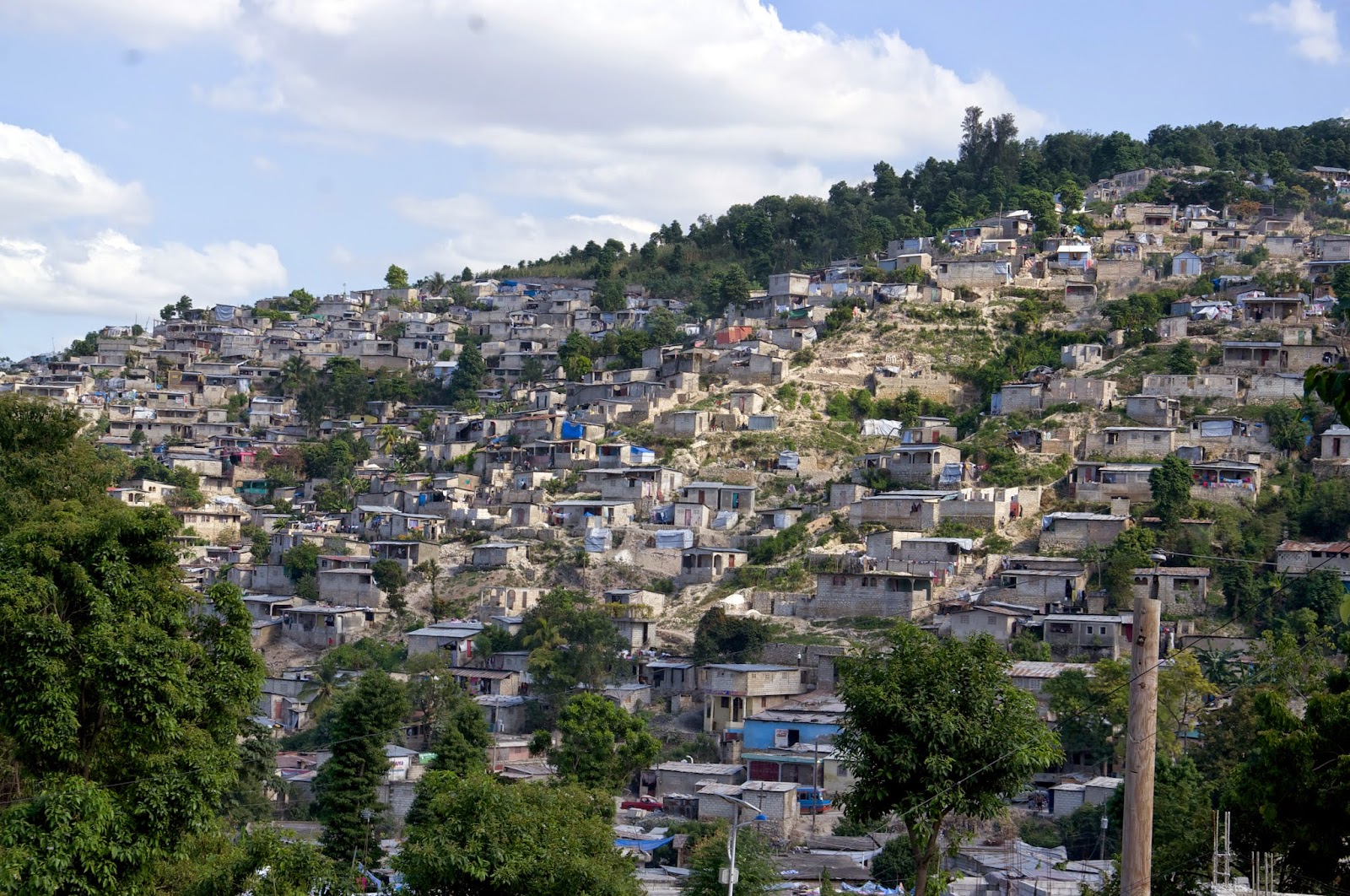Sovereign: Queen Elizabeth II (1952)
Governor-General: Sir Elliot Belgrave (2012)
Prime Minister: Freundel Stuart (2010)
Land area: 166 sq mi (430 sq km);
total area: 166 sq mi (431 sq km)
Population (2014 est.): 289,680 (growth rate: 0.33%);
birth rate: 11.97/1000;
infant mortality rate: 10.93/1000;
life expectancy: 74.99
Capital and largest city (2011 est.): Bridgetown, 122,000
Monetary unit: Barbados dollar
Barbados is thought to have been originally inhabited by Arawak Indians. By the time Europeans explored the island, however, it was uninhabited. The Portuguese were the first Europeans to set foot on the island, but it was the British who first established a colony there in 1627. Colonists first cultivated tobacco and cotton, but by the 1640s they had switched to sugar, which was enormously profitable. Slaves were brought in from Africa to work sugar plantations, and eventually the population was about 90% black. A slave revolt took place in 1816; slavery was abolished in the British Empire in 1834.
Barbados was the administrative headquarters of the Windward Islands until it became a separate colony in 1885. Barbados was a member of the Federation of the West Indies from 1958 to 1962. Britain granted the colony independence on Nov. 30, 1966, and it became a parliamentary democracy within the Commonwealth.
Since independence, Barbados has been politically stable. In May 2003, Prime Minister Arthur won a third term. In parliamentary elections in January 2008, the Democratic Labour Party won 20 out of 30 seats. Former junior finance minister David Thompson took over as prime minister.
Tags: Barbados - The Wide Worlds Snaps,The Wide Worlds Snaps,Barbadosbeutifull country pictures,Barbados beautifull country snaps,Barbados beautifull cities,Barbados beautifull cities pictures,Barbados beautifull cities snaps,Barbados snaps,Barbados pictures,Barbados whole country pictures,Barbados whole country snaps,Barbados pictures,Barbados snaps,Barbados cities,Barbados country,Barbados beutifull country,
Governor-General: Sir Elliot Belgrave (2012)
Prime Minister: Freundel Stuart (2010)
Land area: 166 sq mi (430 sq km);
total area: 166 sq mi (431 sq km)
Population (2014 est.): 289,680 (growth rate: 0.33%);
birth rate: 11.97/1000;
infant mortality rate: 10.93/1000;
life expectancy: 74.99
Capital and largest city (2011 est.): Bridgetown, 122,000
Monetary unit: Barbados dollar
Barbados is thought to have been originally inhabited by Arawak Indians. By the time Europeans explored the island, however, it was uninhabited. The Portuguese were the first Europeans to set foot on the island, but it was the British who first established a colony there in 1627. Colonists first cultivated tobacco and cotton, but by the 1640s they had switched to sugar, which was enormously profitable. Slaves were brought in from Africa to work sugar plantations, and eventually the population was about 90% black. A slave revolt took place in 1816; slavery was abolished in the British Empire in 1834.
Barbados was the administrative headquarters of the Windward Islands until it became a separate colony in 1885. Barbados was a member of the Federation of the West Indies from 1958 to 1962. Britain granted the colony independence on Nov. 30, 1966, and it became a parliamentary democracy within the Commonwealth.
Since independence, Barbados has been politically stable. In May 2003, Prime Minister Arthur won a third term. In parliamentary elections in January 2008, the Democratic Labour Party won 20 out of 30 seats. Former junior finance minister David Thompson took over as prime minister.
Tags: Barbados - The Wide Worlds Snaps,The Wide Worlds Snaps,Barbadosbeutifull country pictures,Barbados beautifull country snaps,Barbados beautifull cities,Barbados beautifull cities pictures,Barbados beautifull cities snaps,Barbados snaps,Barbados pictures,Barbados whole country pictures,Barbados whole country snaps,Barbados pictures,Barbados snaps,Barbados cities,Barbados country,Barbados beutifull country,



























































